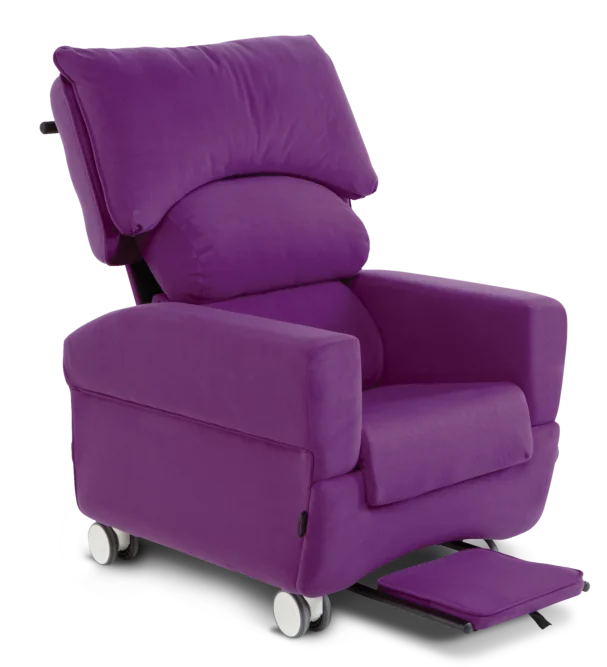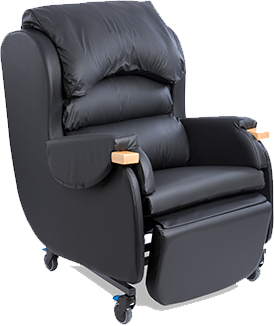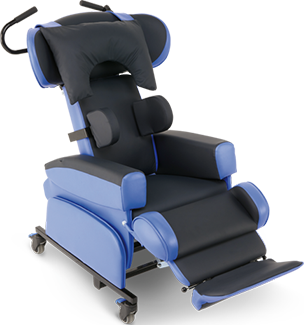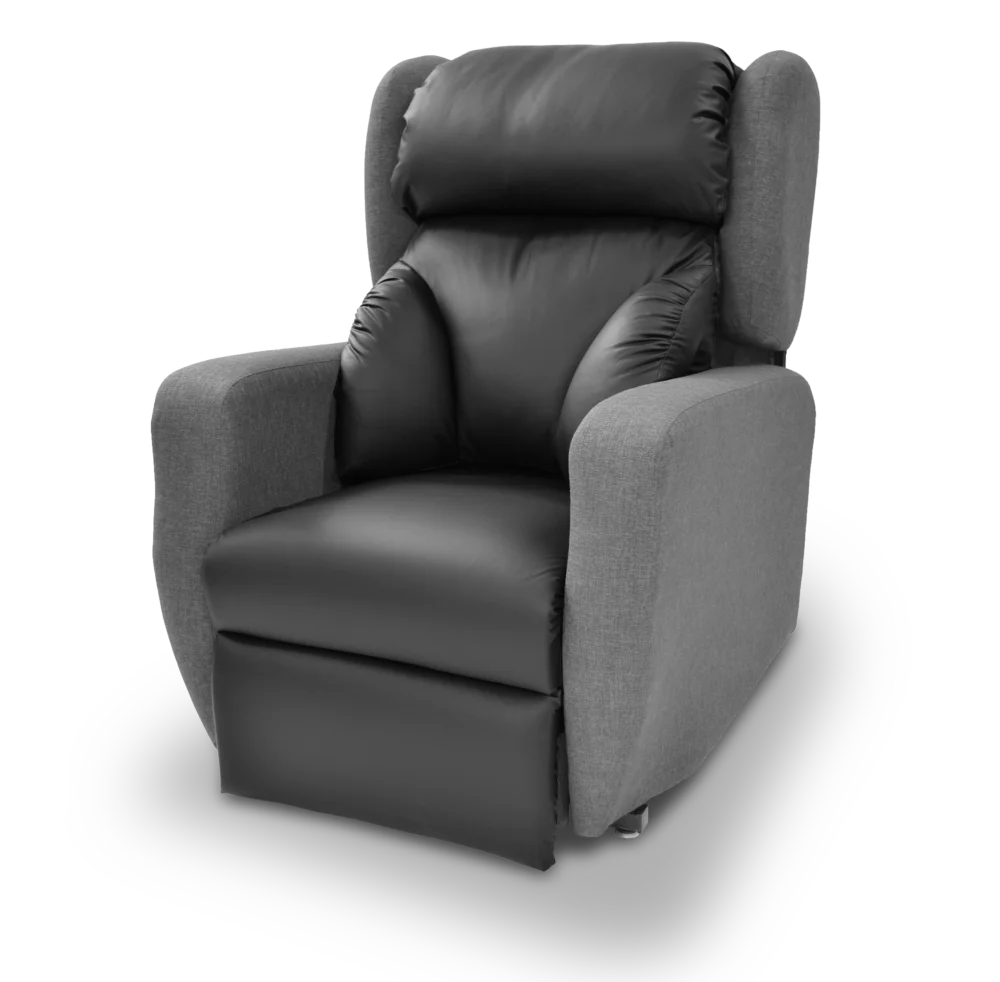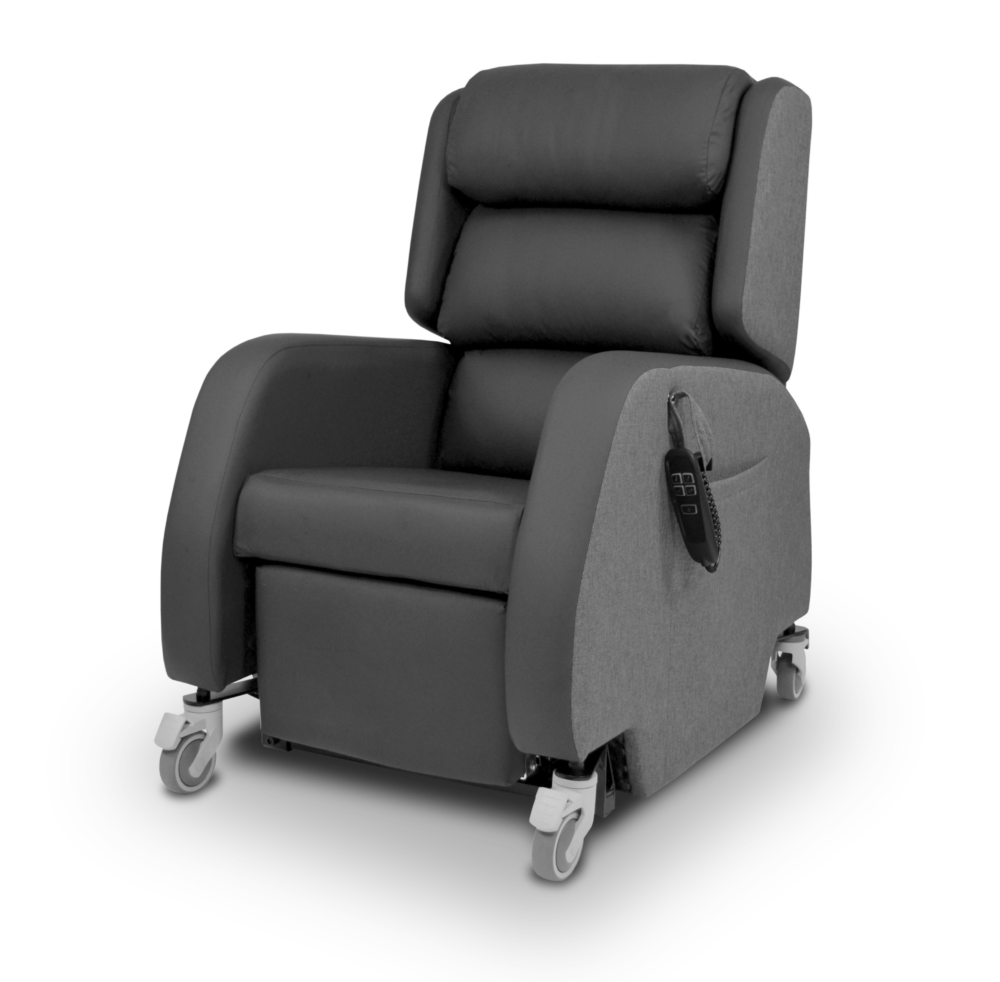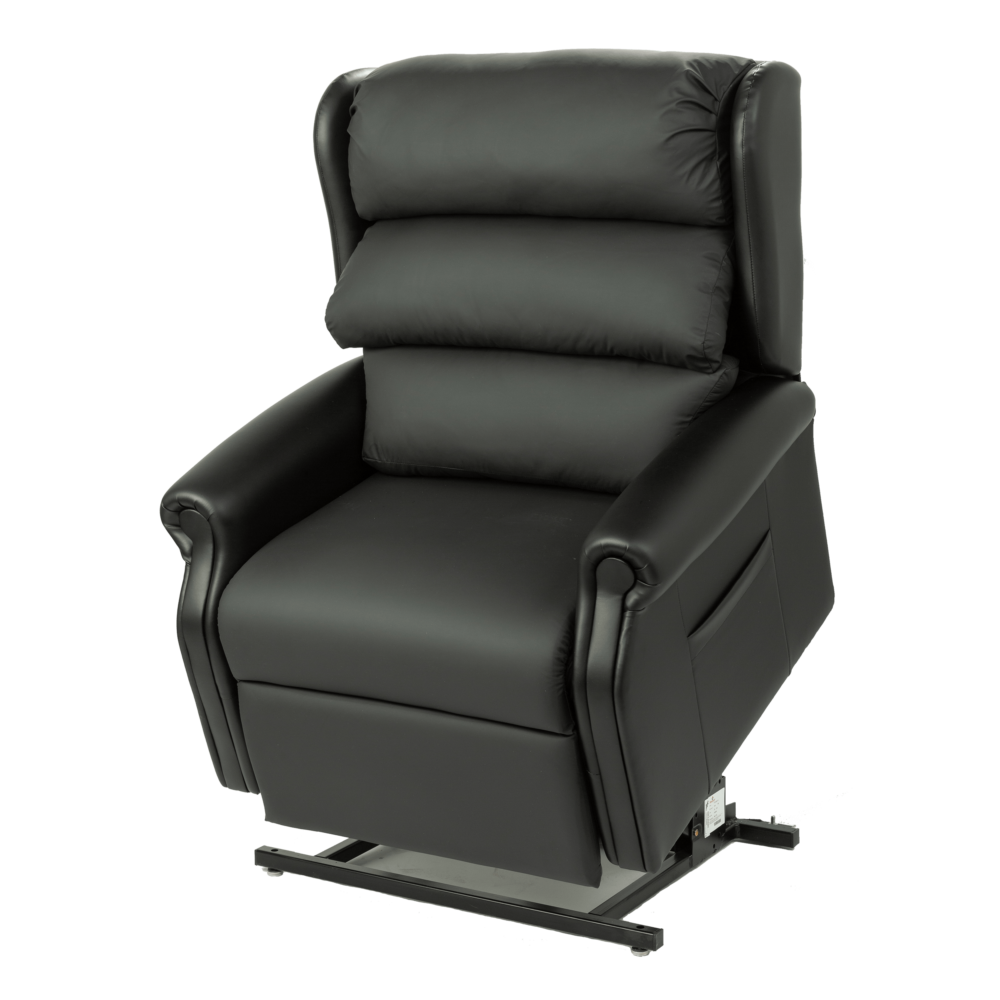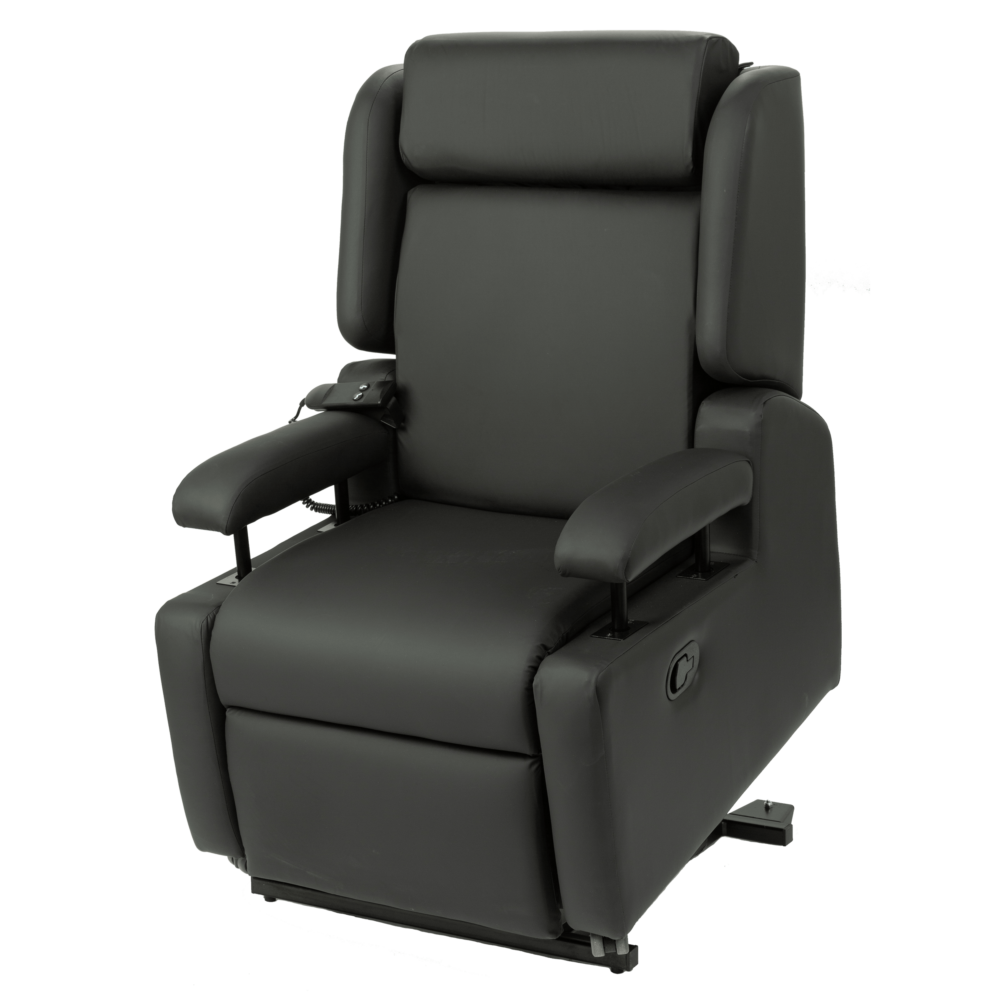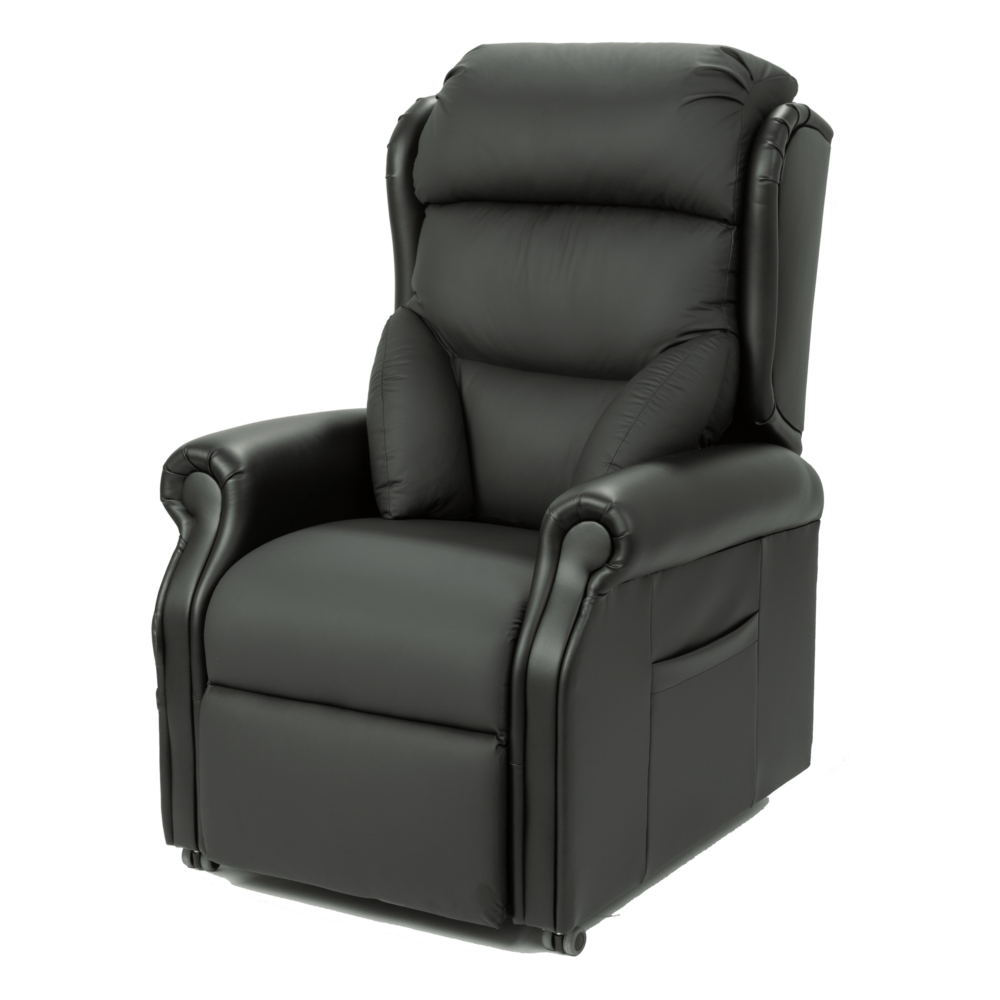The Spine – Postural Challenges
The spine is one of the most important parts of the body. Without the spine, a person could not keep themselves upright against gravity; it gives the body structure and support. The spine acts as a linkage between the head and pelvis1, which is the key to stability. It also enables freedom of movement and flexibility, both crucial to function and independence.
Every person has some degree of curvature to the spine; however, when these curvatures become excessive, they can have a significant impact on a person’s posture.
Individuals who experience muscle weakness, abnormal tone, fragile bones, postural instability or fatigue are at risk of spinal changes. A clinician may determine that an individual presents with one of the following three most common challenges:
What is Kyphosis?
It is normal to have a kyphotic curve in the thoracic region of the spine; this curve helps the body absorb shock, support the weight of the head, align the head over the pelvis, and remain stabile but flexible. However, a curve of more than 45° is considered excessive.
An increased thoracic kyphosis is when an individual presents with a thoracic curvature that results in the top of the back to appear more rounded than normal.
This postural challenge can be associated with posterior pelvic tilt, scoliosis and an increased risk of pressure injuries, especially through the apex of the curvature, sacrum and heels. An individual with an increased thoracic kyphosis can also present with physiological dysfunction, including respiratory and digestive problems, and swallowing difficulties if they are unable to achieve a safe position for eating and drinking. Their head position can also result in their line of vision being towards the floor, which can have a significant impact on interaction and engagement, and ultimately quality of life.
What is Scoliosis?
Scoliosis is when an individual’s spine twists and curves to the side; the curve is usually “S” or “C” shaped.
An individual with a scoliosis may present with leaning to one side, uneven shoulders and protruding ribs on one side. This postural challenge can be associated with pelvic obliquity, pelvic rotation, asymmetrical trunk posture, kyphosis and pain.
Scoliosis requires a holistic multi-disciplinary management plan as the individual can present with physiological dysfunction, including respiratory and digestive problems, swallowing difficulties if they are unable to achieve a safe position for eating and drinking, and their altered head position can have a significant impact on interaction and wellbeing.
What is Lumbar Lordosis?
Lumbar lordosis is the normal inward curvature of the lumbar region of the spine. This curve helps the body to absorb shock and remain stable but flexible. However, if the curve arches too far inward, it’s known as an increased lumbar lordosis, or swayback posture. If the individual has an extreme curve, there’ll be a visible C-shaped arch from the lateral view when they stand, and their abdomen and buttocks will stick out.
This postural challenge can be associated with an anterior pelvic tilt and an increased thoracic kyphosis. An increased lumbar lordosis can be caused by pelvic instability, tight spinal muscles and other abnormal spinal curvatures impacting on the lumbar region. Certain conditions and factors can also increase the risk for increased lordosis, such as osteoporosis, discitis, pregnancy, and obesity.
It is worth noting that an individual can also present with a decreased lumbar lordosis, or flat-back posture; this posture will be managed differently, ensuring their spinal posture is adequately supported.
How can CareFlex Help?
Keep an eye out for our next article that introduces the seating solutions from CareFlex that can aid the management of these spinal challenges.
References:
- Pope PM (2002) Posture management and special seating In Edwards S (Ed) Neurological Physiotherapy London: Churchill Livingstone

